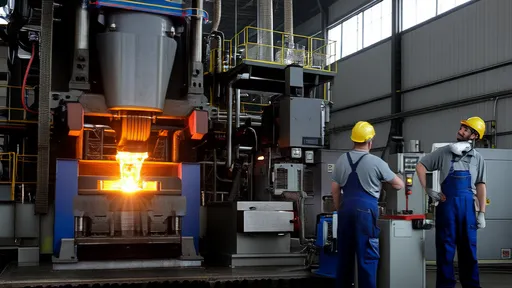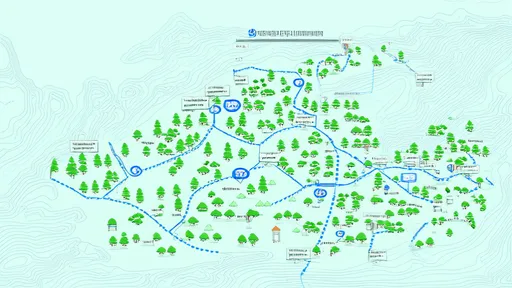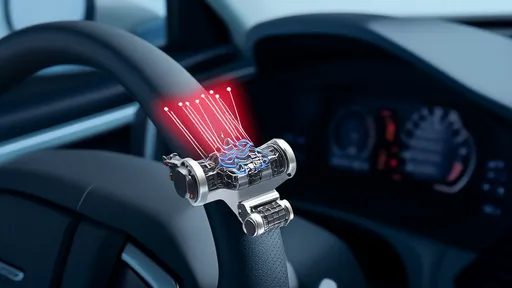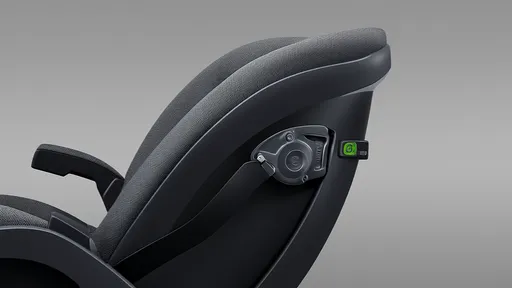The Hidden Variables of Braking Distance: Thermal Fade and Wet Road Dynamics
Braking distance is a critical factor in vehicle safety, yet many drivers underestimate how drastically it can vary under different conditions. While speed and tire quality are commonly discussed, two often overlooked but equally significant variables are thermal fade and wet road surfaces. These factors interact in complex ways, sometimes with dangerous consequences that catch even experienced motorists off guard.
Thermal fade occurs when repeated hard braking causes brake components to overheat, reducing their effectiveness. This phenomenon isn't just theoretical - it's the reason mountain roads frequently feature runaway truck ramps. As brake temperatures rise beyond optimal operating ranges, the friction materials' coefficient of friction decreases. The pads and rotors essentially become less "grippy" when they're too hot, requiring longer distances to achieve the same deceleration.
Wet pavement introduces another layer of complexity to stopping distances. Water acts as a lubricant between tires and road surfaces, with the severity depending on depth and drainage. Hydroplaning represents the extreme case where tires completely lose contact with the pavement, but even thin water films can increase stopping distances by 20-30% compared to dry conditions. What makes this particularly treacherous is how inconsistently water accumulates across road surfaces, creating unpredictable variations in available traction.
The interaction between thermal fade and wet conditions creates a perfect storm for extended braking distances. Heated brake components that are already performing suboptimally must work harder to overcome reduced tire adhesion. This dual challenge explains why emergency stops in rainy conditions often feel dramatically less effective than drivers anticipate. The vehicle's weight transfer during braking further complicates matters, as the forward pitch reduces traction on rear wheels while increasing load on the front.
Modern vehicles employ various technologies to mitigate these issues. Anti-lock braking systems prevent wheel lockup during hard stops on slippery surfaces, while electronic brake-force distribution optimizes pressure between axles. Some high-performance vehicles feature brake cooling ducts or ceramic composite rotors that resist fade. However, no system can override the fundamental physics of friction loss due to heat and moisture.
Driver awareness remains the most effective countermeasure. Recognizing early signs of brake fade - such as reduced pedal firmness or unusual odors - allows for proactive speed management. In wet conditions, increasing following distances provides crucial margin for the extended stopping distances. Perhaps most importantly, understanding that these variables compound rather than simply add together helps drivers make safer decisions about speed and spacing.
The science behind braking distance variables continues to evolve as researchers study real-world accident data. Recent findings suggest thermal fade may begin affecting braking performance at lower temperatures than previously assumed, especially for vehicles carrying heavy loads. Similarly, studies of road surfaces reveal that certain asphalt compositions shed water far less effectively than others, creating localized high-risk zones during rainfall.
As autonomous vehicle technology advances, these subtle variables present particular challenges for algorithmic braking systems. Engineers must program vehicles to account for both immediate conditions and cumulative factors like brake temperature over extended descents. The human ability to sense subtle changes in deceleration and road noise remains difficult to replicate with sensors and software.
Ultimately, appreciating the complex relationship between thermal effects and wet conditions leads to safer driving practices. Whether operating a decades-old sedan or the latest electric vehicle with regenerative braking, physics still dictates that heat and water will always influence how quickly a vehicle can stop. By respecting these variables rather than fighting against them, drivers can significantly reduce their risk of collision across diverse driving conditions.

By /Jun 14, 2025

By /Jun 14, 2025

By /Jun 14, 2025

By /Jun 14, 2025

By /Jun 14, 2025

By /Jun 14, 2025

By /Jun 14, 2025

By /Jun 14, 2025

By /Jun 14, 2025

By /Jun 14, 2025

By /Jun 14, 2025

By /Jun 14, 2025

By /Jun 14, 2025

By /Jun 14, 2025

By /Jun 14, 2025

By /Jun 14, 2025

By /Jun 14, 2025